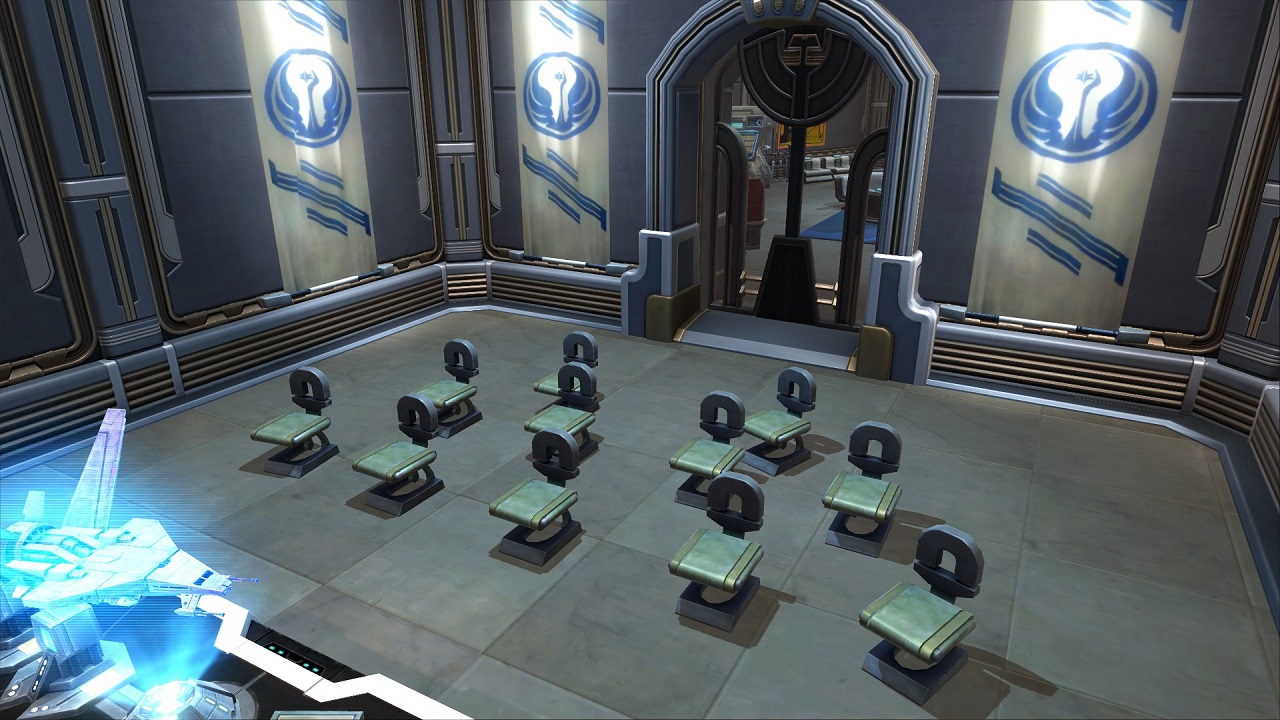

As with Farallon's shark darts, the purpose of this knife is to bleed and then seal the wound in the target with forced bouncy, driving the threat animal away from the diver. This innocent looking knife contain CO2 canister inside the handle and a thumb bottom to release the compressed gas into the target when needed. Today, the closest thing to shark dart can be found in the WASP injection knife. įarallon Industries stopped making their shark darts a long time ago and as far as I could find, went bankrupt four years ago. There was not a single encounter with a hostile shark during any of the retrieval missions or the training. In addition, it been discovered that the danger of sharks was overly exaggerated. The age of the shark darts ended in the mid 1970's after the Apollo program was cancelled and the need to rescue astronaut was gone. Farallon Industries made & delivered an small number of shark darts to the Navy which apparently prepared bad protection to none. Farallon made several models including dagger-like needle, a pike and speargun's bolts.Īlthough those shark darts was intended as a less-lethal opinion, the field tests results were a bit gorier than expected, according to few eye eyewitness, the rapid release of gas to the shark's body results with the launch of the sharks' guts out of their mouths… yeah, so much for a silent discreet soft kill that the Navy fantasized about. The idea behind it was to apply "forced bouncy" to the shark, making it leave the area while the rapid release of CO2 freezes the penetration wound to prevent any blood spill. Their solution was to use an small canister of compressed CO2 with a syringe needle that simply injected the gas into the shark body. The solution was the shark darts and it was developed by scuba equipment company name Farallon Industries. The Navy SEALs needed a weapon to repel shark attack quietly without cause the target bleeding, which only attract more sharks to the site. During the 1960's, it was the Navy SEALs job to secure and retrieve the astronauts from their splashdown capsules and the weapon needed also for the SEALs regular low profile operations. In the mid 1960's, the US Navy had a need for a new weapon for their divers. So, if it so good why isn't it the leading bang-stick in the market? Although the US Navy did test it and with good results, only a small number been purchase and the civilian market wasn't (and still isn't) large enough to justify manufacturing of such a custom-made rounds. Angle of approach – the front side of the cartridge has concentric circular ridges, when contacting with target at a shallow angle those ridges prevents the bangstick from slipping out and instead provides good traction for the cartridge to slip into the firing pin.Safety – the diver don't hangout with a loaded stick until he/she face a danger.Loading speed - don't need to disassemble the powerhead, remove spent case, place new one & assemble just place new round in place.

Lethality – according to some reports the Seaway could cut a shark into two halves!.the Seaway is superior to civilian bang stick in any way: After the initial blast there is a short period of low pressure in the front area of the spent cartridge and water flow thru the six holes to push the spent cartridge out of the powerhead and it ready to be loaded with a fresh cartridge again. 30-30 diaphragm is blasted and the target receives its deadly dose of shockwave. When contacting the target the cartridge slips in and ignited. The cartridge structure prevents it to slide all the way to the firing fin and instead it stacks 1/2 inch sticking out of the tube. Around the firing fin there are six radial holes.The Seaway is muzzle loaded, the diver strip a cartridge from 6 rounds bandolier on the diver's belt and place it into the muzzle with the.


 0 kommentar(er)
0 kommentar(er)
